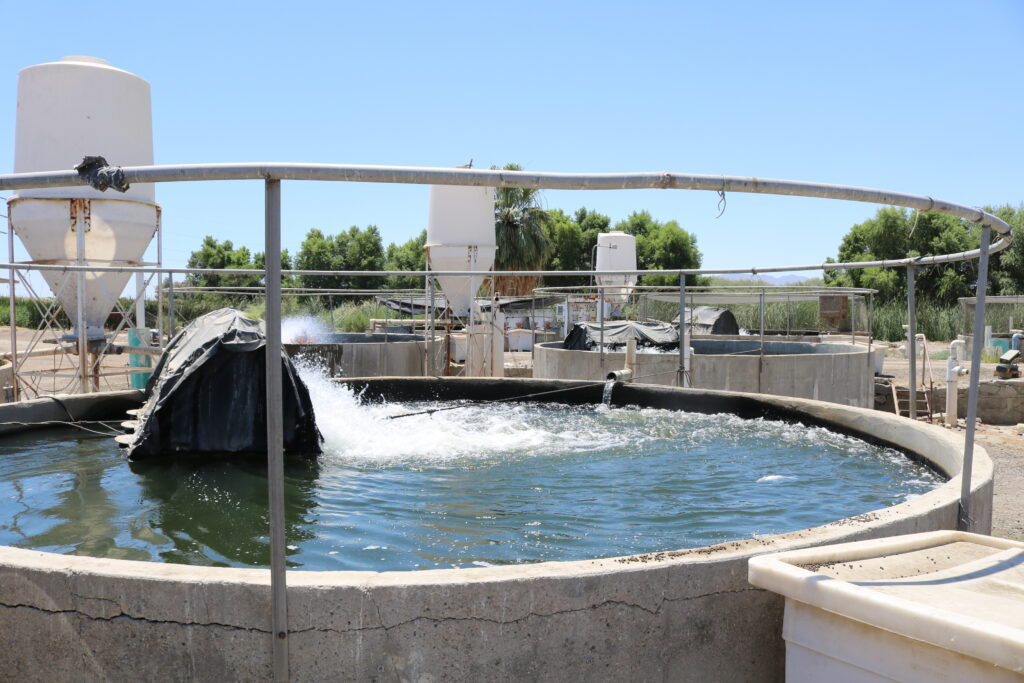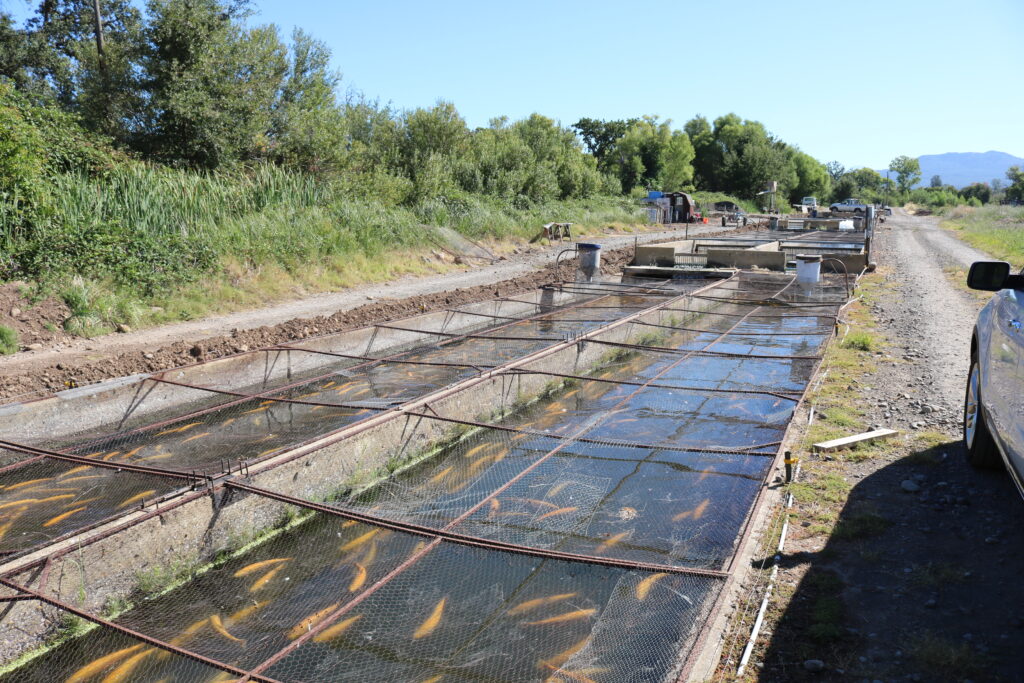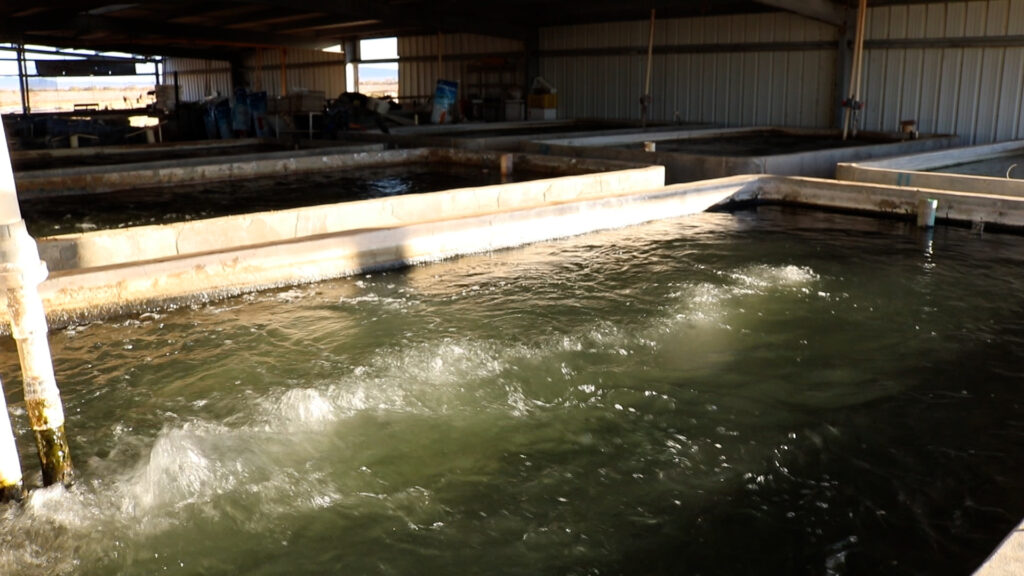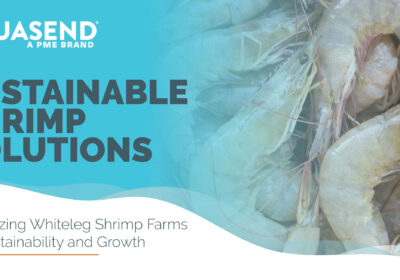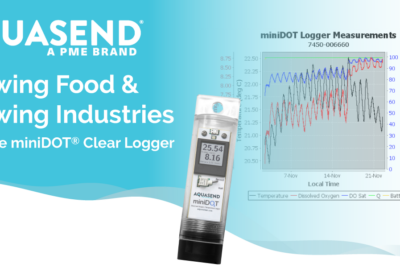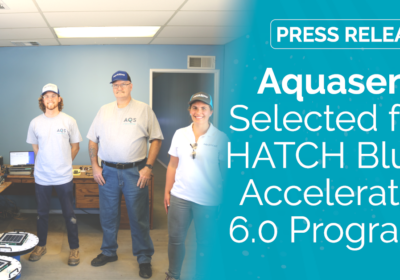What is an Aquafarming Tank or Raceway?
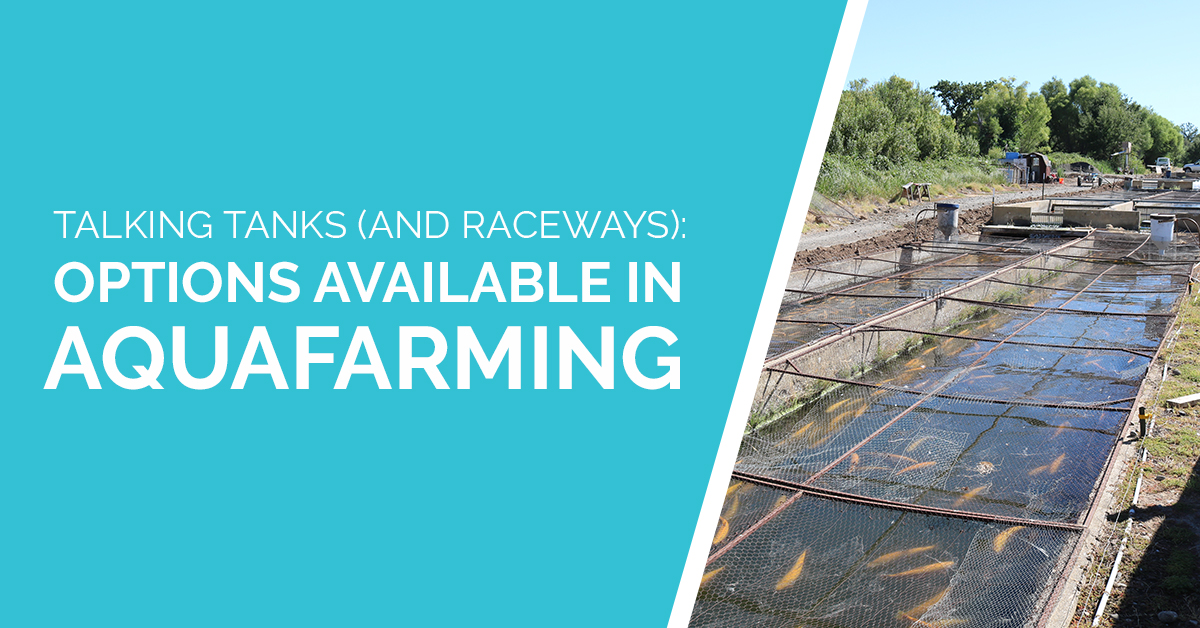
According to Natural Resources Conservation Service Conservation Practice Standard, aquaculture tanks and raceways exist to “provide a facility containing flowing water of suitable temperature and quality for dependable production of fish, to manipulate the chemical, physical and biological factors to enhance fish production and to maintain water quality.”
In order to provide a suitable environment for intensive fish production, the Southern Regional Aquaculture Center’s article Recirculating Aquaculture Tank Reproduction Systems explains that recirculating systems must maintain the following:
- Uniform flow rates of water and oxygen
- Fixed water levels
- Uninterrupted operation
From the University of Idaho, Gary Fornshell distinguishes raceways in his article as “tanks which are relatively shallow and rely on a high water flow in proportion to their volume in order to sustain aquatic life.” This means that raceways frequently require higher volumes of moving water compared to other fish habitats common in the aquaculture industry. Fornshell goes on to explain why raceway production rates are higher per square foot than most tanks linking the relative ease of their management to the shallow design’s high visibility.
Still, Fornshell cautions aquafarmers of raceways’ high demand on water volume and quality, drawing attention to the potential obstacles posed to operational maintenance; particularly as low retention rates impact habitat’s waste processing.
Why Use Tanks or Raceways?
The use of manmade structures like tanks and raceways offer farmers an increased level of control over the environments their fish live in. In the wild, variables like disease, algae and predators can not only affect fish quality, but their overall product viability. This blog will take a closer look into major aquaculture structures highlighting unique qualities and common applications.
Circular Tanks
Circular tanks are often built from concrete, plastic or fiberglass. According to the AgriFarming article Fish Farming in Tanks; Suitable Fish Breeds and Tilapia, these designs are often recognized for their superior hydraulic qualities. Commonly used for hatching and raising fish to adulthood, circular tanks feature high oxygen distribution levels and allow farmers to stock tanks at higher densities. The circular design’s increased distribution of water movement can also lead tanks to require less cleaning than its counterparts. It is important for aquafarmers to consider the space requirements of circular tanks in comparison to other designs, as they cannot fit corner-to-corner in the same way as square or rectangular tanks. Because of this, circular tanks may not always be ideal for farmers contending with limited space.
Square and Rectangular Tanks
Square and rectangular often take up less space than circular tanks. Additionally, AgriFarming highlights these tanks as cost effective due to their wide range of construction materials. While square and rectangular tank designs can be built with concrete, plastic or fiberglass, they can also be constructed with wood. Wood is frequently a cheaper construction material, but farmers keen on cost and space efficiency should consider how the tank’s design impacts the water within.
AgriFarming continues to explain square tanks can be subject to drainage issues and tighter corners may not be conducive to the same level of water movement or oxygen distribution characteristic in circular tanks. If left unaddressed, higher rates of pond stagnation could occur.
Water Quality Monitoring
Tanks and raceways each feature unique attributes. Regardless of which design best fits your aquafarm, it is essential to know the oxygen and temperature levels of these structures. Consistent water quality monitoring can ensure the safety of fish and prevent costly problems from taking hold. The Aquasend Beacon® offers real-time water quality monitoring for your tanks and raceways. Visit our website today to learn more about how Aquasend can help keep your facility achieve peak performance.
